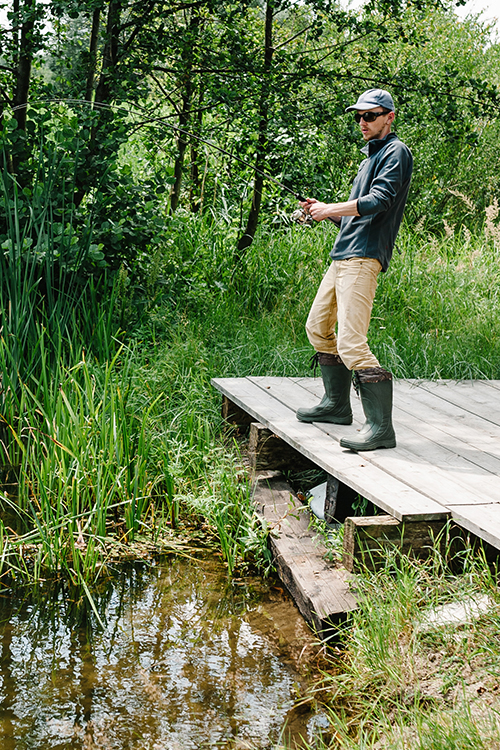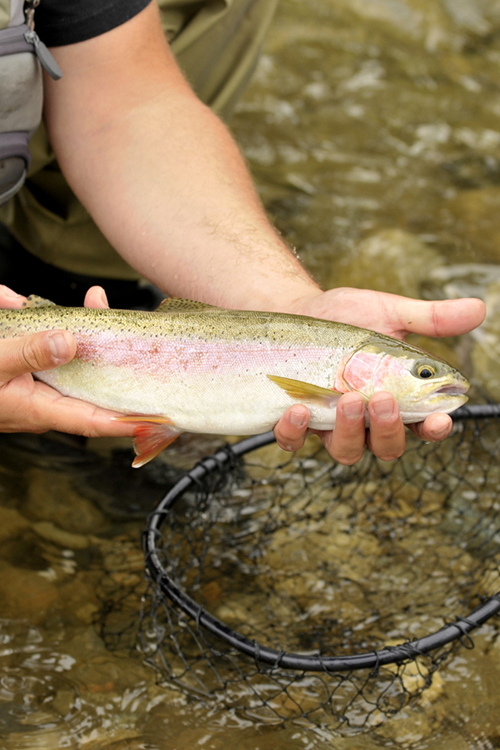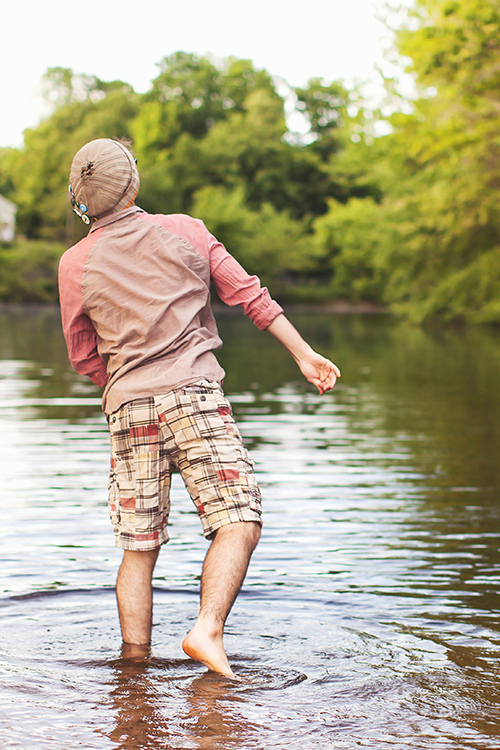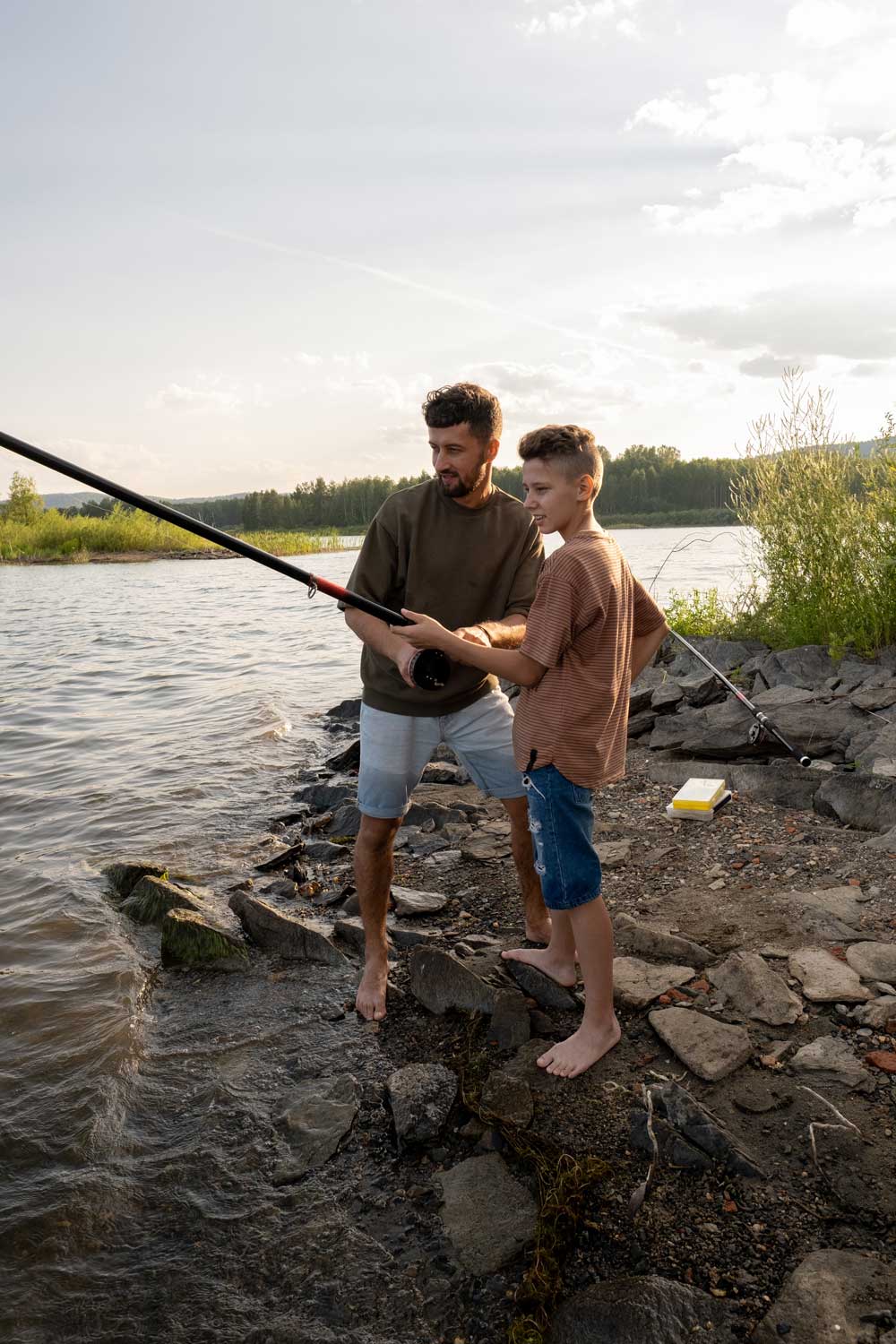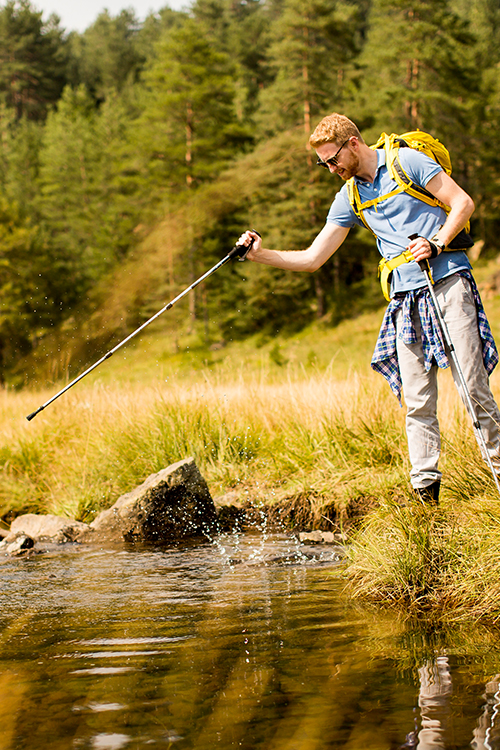Fishing depends on the right timing. The season you choose plays a crucial role in your chances of catching fish. Each season holds its rhythm and reward—if you're an experienced angler. But for newcomers stepping into the world of fly fishing, the season you pick could mean the difference between excitement and frustration. So, what’s the ideal season for introducing beginners to fly fishing, especially for those looking to chase trout or cast for smallies? That’s what we’ll uncover here. Stick around!
The Prime Time for Beginner Fly Fishing
Summer is a safe bet for beginners. From mid-June through late September in the Northern Hemisphere, conditions align almost perfectly. Water temperatures rise, aquatic insects hatch in abundance, and trout become more active near the surface. This means dry flies become effective, allowing new fly fishers to see the action unfold.
The visual nature of dry fly fishing helps new anglers understand fish behavior. Watching a trout rise to take a fly offers immediate feedback on casting technique, fly choice, and timing. For someone learning how to roll, cast or mend a line, this kind of cause-and-effect is gold. The summer sun, longer days, and more stable weather also make it easier to fish without the fear of river-swelling rains or bone-chilling wind.
The visual nature of dry fly fishing helps new anglers understand fish behavior. Watching a trout rise to take a fly offers immediate feedback on casting technique, fly choice, and timing. For someone learning how to roll, cast or mend a line, this kind of cause-and-effect is gold. The summer sun, longer days, and more stable weather also make it easier to fish without the fear of river-swelling rains or bone-chilling wind.
Let the Bugs Work in Your Favor
Beginner fly fishing shines brightest when insect activity is high. During summer months, especially in areas with healthy trout and smallie populations, you’ll find dense caddis hatches, mayflies skimming the water, and stoneflies clinging to riverbanks. It’s like nature sets the buffet table, and the fish line up hungry.
